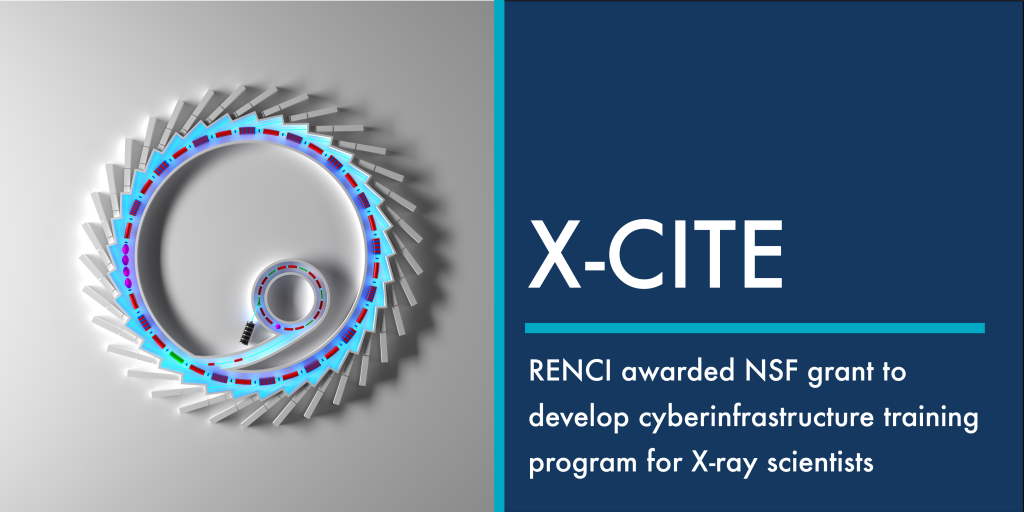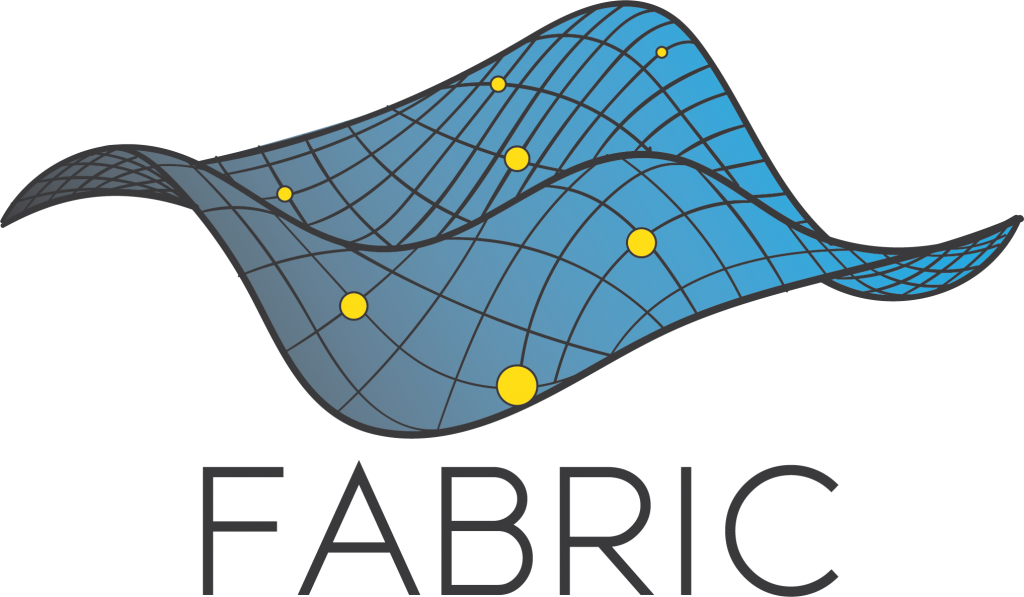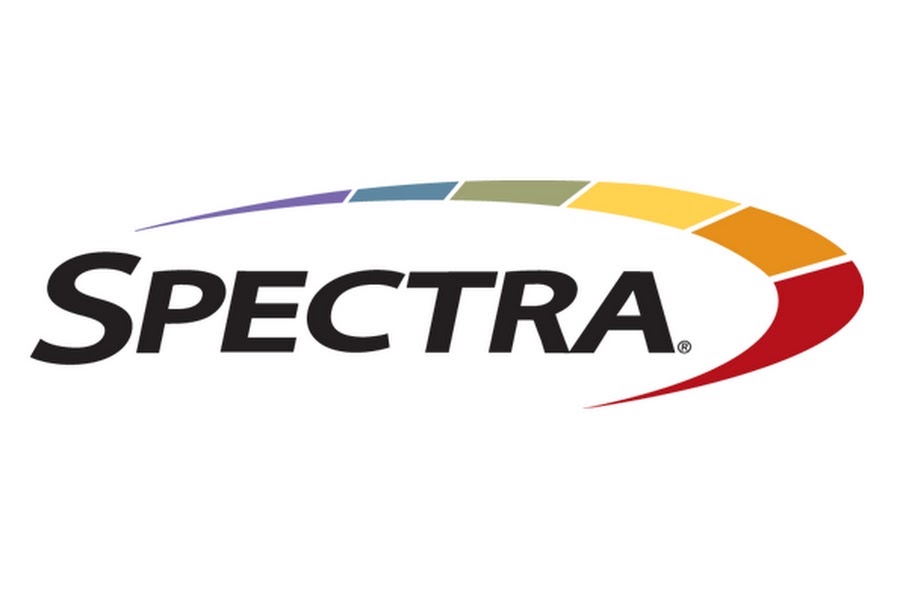Every sector of society is undergoing a historic transformation driven by big data. RENCI is committed to transforming data into discoveries by partnering with leading universities, government, and the private sector to create tools and technologies that facilitate data access, sharing, analysis, management, and archiving.
Each year, the Supercomputing conference provides the leading technical program for professionals and students in the HPC community, as measured by impact, at the highest academic and professional standards. RENCI will host a booth (#1663) at SC23 where team members will share collaborative research projects and cyberinfrastructure efforts aimed at helping people use data to drive discoveries.
A full schedule of sessions at the RENCI booth can be found on our website.
18th Workshop on Workflows in Support of Large-Scale Science
Anirban Mandal, the Assistant Director of Network Research & Infrastructure Group at RENCI and co-PI of the DOE-funded Poseidon project, will co-chair the18th Workshop on Workflows in Support of Large-Scale Science (WORKS), taking place November 12 -13. WORKS 2023 focuses on the many facets of scientific workflow management systems, ranging from actual execution to service management and the coordination and optimization of data, service, and job dependencies.
iRODS 4.3.1, HTTP, OIDC, and S3
The open source iRODS (Integrated Rule-Oriented Data System) data management platform presents a virtual filesystem, metadata catalog, and policy engine designed to give organizations maximum control and flexibility over their data management practices and enforcement. As iRODS has always defined its own protocol and RPC API, interoperability with other protocols has been left to application developers and administrators. This year’s releases of iRODS 4.3.1 as well as standalone APIs exposing iRODS via HTTP and S3 help new users use their existing, familiar tools to integrate with an iRODS Zone.
iRODS will host a free mini-workshop on Monday, November 13 at 9 AM ET to cover the above efforts and give a glimpse of where the team is headed next. Additionally, iRODS team members will present talks on these topics and be available for further discussion at the RENCI booth on the exhibit floor from November 14-16.
iRODS in the Cloud: Organizational Data Management
iRODS Executive Director Terrell Russell will give a talk at the Google booth (#443) on November 16 at 12:30 PM MT. This talk will give an overview of the philosophy of iRODS as well as some examples of how running iRODS in the Google Cloud can help get a handle on the metadata and bookkeeping associated with an enterprise deployment.
FABRIC Status and FPGA Drop-In
The NSF-funded FABRIC project recently completed installation of a unique network infrastructure connection, called the TeraCore — a ring spanning the continental U.S. — which boasts data transmission speeds of 1.2 Terabits per second (Tbps), or one trillion bits per second. FABRIC previously established preeminence with its cross-continental infrastructure, but the project has now hit another milestone as the only testbed capable of transmitting data at these speeds—the highest being twelve times faster than what was available before.
FABRIC leadership team members Ilya Baldin and Paul Ruth will present a talk at the RENCI booth on the current status of the testbed and future plans for development at the below times. Each of the talks is followed by a 30 minute office hours session at the RENCI booth for anyone wanting a one-on-one discussion or help with account setup.
- Tuesday, November 14 at 11:00 AM MT
- Wednesday, November 15 at 2:00 PM MT
- Thursday, November 16 at 10:30 AM MT
In conjunction with ESnet and IIT, the FABRIC team will host an FPGA drop-in at the RENCI booth on Wednesday, November 15 at 11:00 AM MT. Those interested in running FPGA-based experiments on FABRIC are encouraged to stop-by for a discussion during the block. ESnet smartNIC, a fully open source P4 + FPGA development environment for FABRIC developers is fully deployed in the NSF FABRIC testbed. Attendees will get a chance to meet the developers, ask questions and get a 1:1 explanation of how to do P4 development on FABRIC, without any prior FPGA design experience. The team will cover everything from “hello world” tutorials, to deep dives on the Verilog architecture, DPDK and other driver software.
FABRIC at INDIS 2023
FABRIC will be represented at the 2023 INDIS Workshop Technical Session on Tuesday, November 14 at 2 PM MT at the SCinet Theater on the exhibit floor. PI Ilya Baldin will talk about FABRIC as part of a panel and a number of FABRIC users will show demos of their FABRIC experiments.
Unleashing the Power within Data Democratization: Needs, Challenges, and Opportunities
On Thursday, November 16 at 1:30 PM MT, FABRIC PI Ilya Baldin will sit on a panel discussing the needs, challenges, and opportunities of the data science community leveraging the existing cyberinfrastructures and software tools while strategizing on what is missing to connect an open network of institutions, including resource-disadvantaged institutions.
A full list of FABRIC activities at SC23 is available on the FABRIC website.
About RENCI
RENCI (Renaissance Computing Institute) develops and deploys advanced technologies to enable research discoveries and practical innovations. RENCI partners with researchers, government, and industry to engage and solve the problems that affect North Carolina, our nation, and the world. RENCI is an institute of the University of North Carolina at Chapel Hill.







